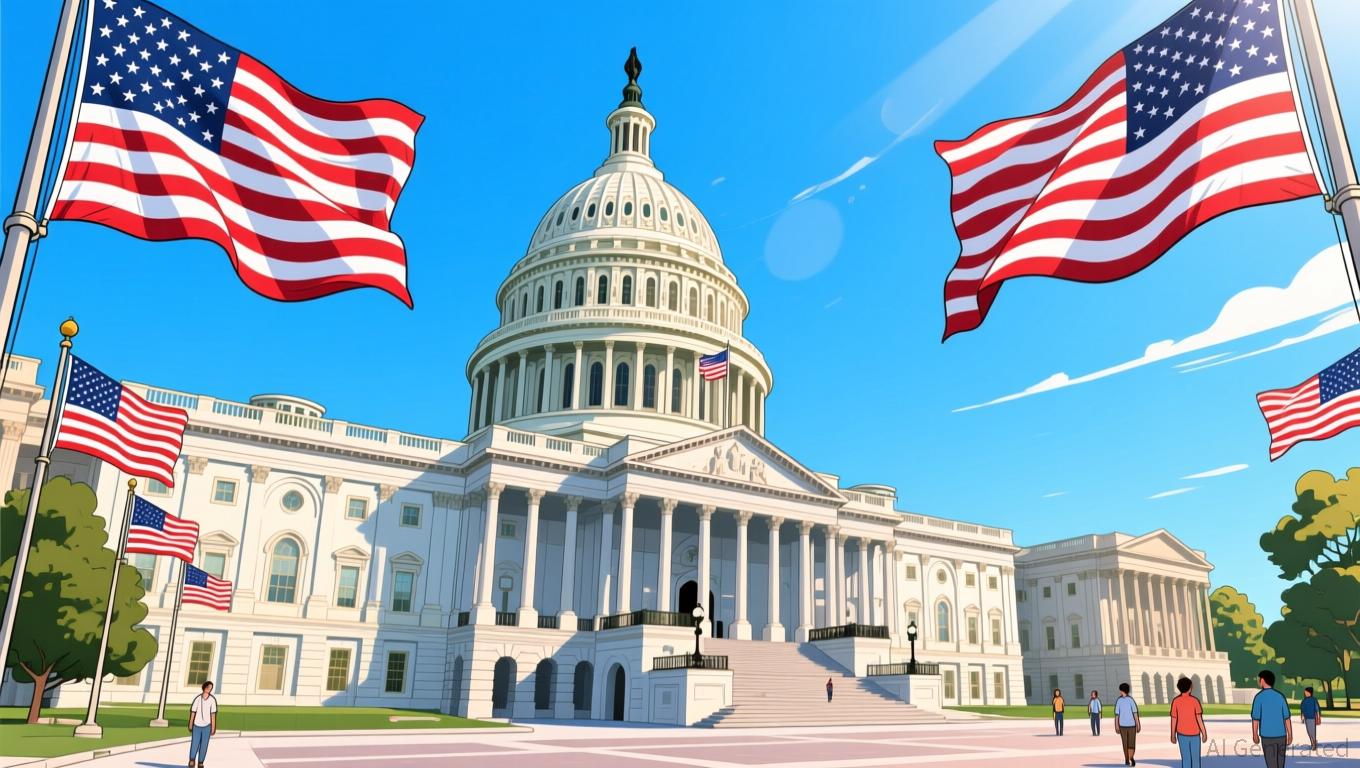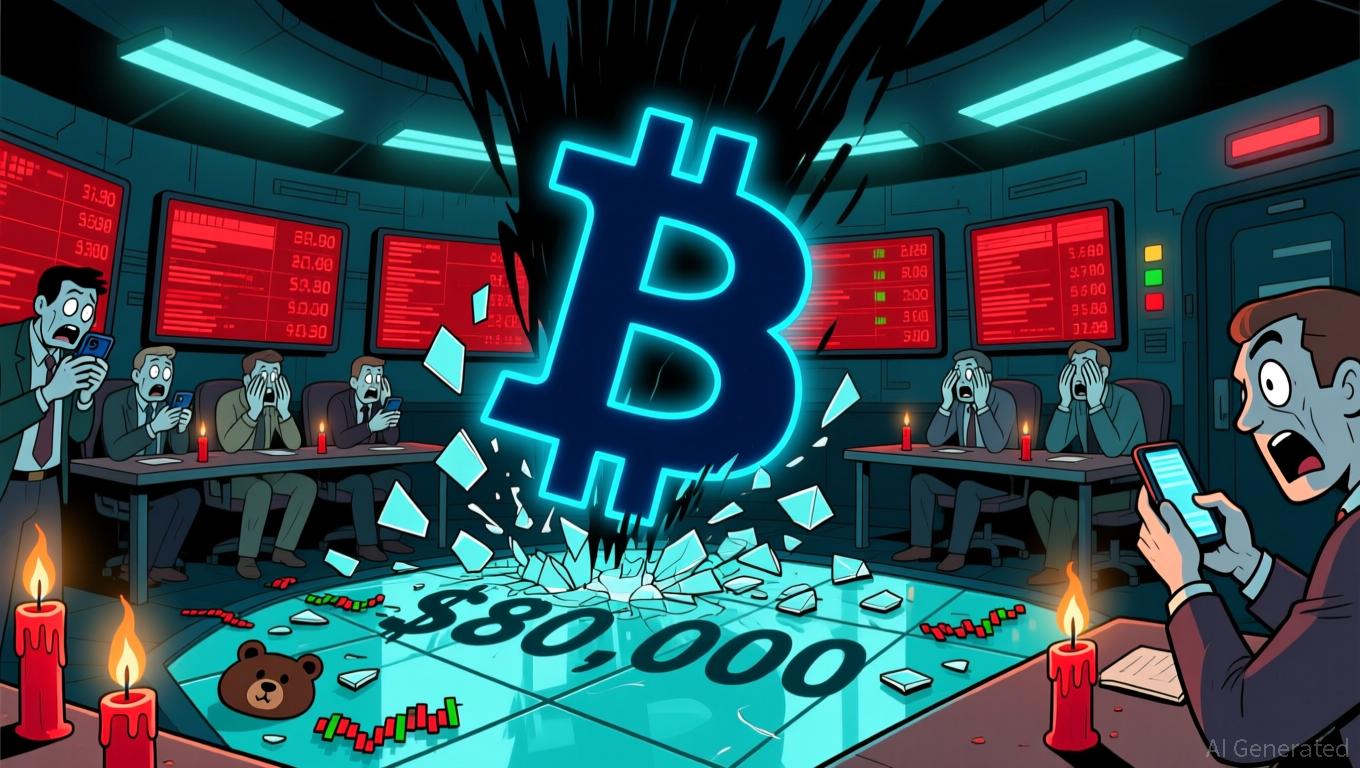Bessent: Raising the Debt Ceiling by July Is Essential to Prevent Market Turmoil
- US Treasury Secretary Bessent reiterated the economy is not at recession risk despite fiscal debates and market volatility. - He warned the debt ceiling must rise by July 2025 to avoid default, stressing "full faith and credit" is non-negotiable. - Corporate resilience (e.g., Ross Stores' strong earnings) contrasts with Fed policymakers' split on rate cuts amid inflation concerns. - Trump's $2,000 "tariff dividend" proposal faces congressional hurdles, with Bessent acknowledging it requires legislative a
US Treasury Secretary Scott Bessent has once again emphasized that the nation’s economy is not facing an imminent recession, even as debates over fiscal policy and market fluctuations persist. His remarks arrive at a time when economic signals are mixed: corporate profits remain robust, while the Federal Reserve adopts a cautious stance regarding possible interest rate reductions.

Recent corporate results also highlight the economy’s durability. Ross Stores, Inc., a leading discount retailer,
The Federal Reserve’s internal discussions were detailed in the minutes from its October meeting, which
Bessent also commented on
Amid these ongoing challenges, Bessent’s attention remains fixed on resolving the debt ceiling standoff. With lawmakers scheduled to reconvene after their summer break in late August, the Treasury has made it clear that there is little time to spare. He warned that failing to act could result in a technical default and send shockwaves through global financial markets.
As the US economy navigates the interplay of corporate strength, political disputes, and monetary policy uncertainty, Bessent’s steady tone stands in contrast to the turbulence in financial markets. The months ahead will challenge the administration’s ability to sustain trust in the world’s largest economy, whether through business resilience, central bank prudence, or political negotiation.
Disclaimer: The content of this article solely reflects the author's opinion and does not represent the platform in any capacity. This article is not intended to serve as a reference for making investment decisions.
You may also like
Bitcoin News Update: Institutions Acquire Crypto Shares Amid Rising Bearish Bets on Bitcoin
- Bitcoin's $80,000 put options dominate trading with $2B open interest, signaling sharp bearish reversal after its worst monthly drop since 2022. - ETF outflows accelerated declines, with $3.8B November redemptions, while Ark Invest added $38.7M in crypto equities amid market fragmentation. - Analysts warn leveraged losses ($19B in October) and forced liquidations amplify downturn, with Citi noting critical support at $80,000. - Market remains divided: Binance calls pullback "healthy," while Peter Brandt

Hyperliquid News Today: Speculation Drives Meme Coin Rally Despite Regulatory Alerts
- Meme coins surged on Nov 24, 2025, with PIPPIN rising 80% in 2 hours to $0.053 and $53.15M market cap. - BANANA (+20%) and TNSR (+50%) joined the frenzy, reflecting speculative flows shifting to high-risk assets amid Bitcoin stabilization. - Perpetual DEX protocols hit $4.24M daily revenue while Fed rate-cut expectations and token unlocks fueled volatility. - Regulators warned of risks as India exposed an AI-generated deepfake fraud, highlighting sector instability and regulatory scrutiny. - Analysts cau

Bitcoin News Today: JPMorgan’s Alert Ignites Discussion: Does MicroStrategy Serve as a Stand-In for Bitcoin or Function as a Business Entity?
- JPMorgan warns MSCI's potential exclusion of crypto treasury firms like MicroStrategy could trigger $8.8B in passive outflows, sparking market debates over corporate classification. - MicroStrategy CEO Michael Saylor rejects criticism, emphasizing the firm's "Bitcoin-backed operating" model with $500M software revenue and 649,870 BTC holdings. - Bitcoin's $81,500 slump and 23% Coinbase drop highlight institutional unease, while MSTR stock absorbs hedging pressure as crypto investors' proxy. - Analysts sp
Fed Faces Tough Choice: Balancing Inflation Management and Job Market Stability
- The Fed faces a December meeting dilemma: cut rates to ease labor market strains or maintain rates to combat persistent inflation above 2%. - Officials like Susan Collins argue current 3.75%-4% rates remain appropriate, while John Williams supports a 25-basis-point cut to reach neutrality. - Data gaps from the government shutdown delay key labor market insights, complicating decisions as Beth Hammack warns cuts risk prolonging inflation. - The FOMC will end quantitative tightening in December, signaling
